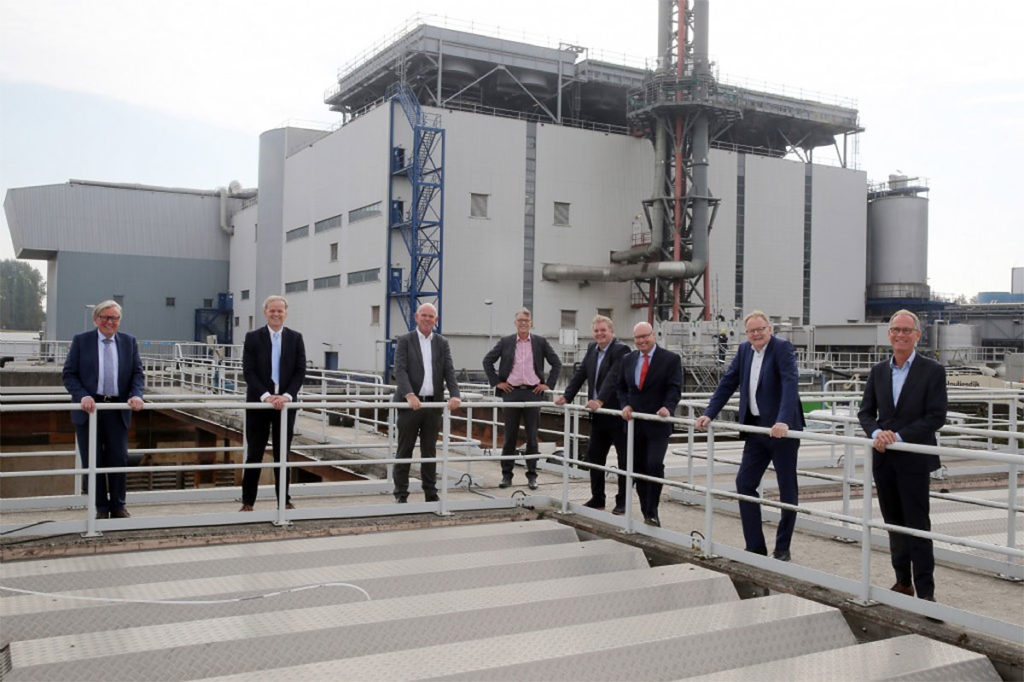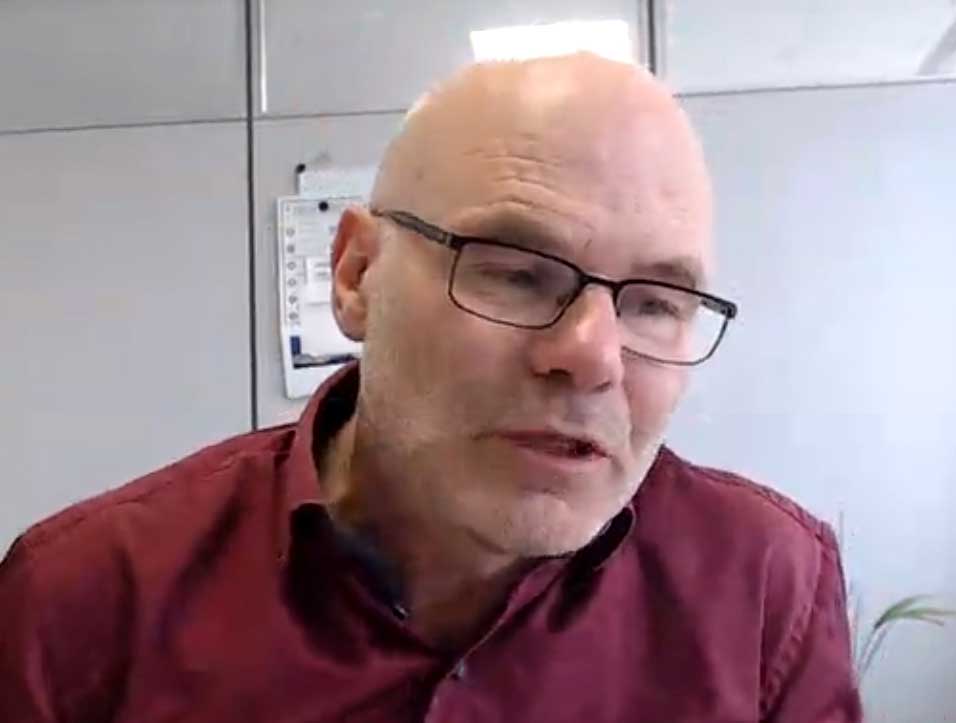A German-Dutch consortium is now launching into this market under the banner of the INTERREG VA project Bioeconomy – Green Chemistry of the Ems-Dollard Region (EDR). Several dozen companies and knowledge institutions on both sides of the border have started consultations this year about the opportunities that the development of PHA production and applications for it offers in the North. A joint digital session was held on this in October. “The underlying ambition is to create a ‘cutting edge’ PHA production chain and to promote the region as a PHA center worldwide,” says Cor Kamminga of Ecoras from Groningen (formerly KNN Advies), who is leading the project.
Natural polymers
The success of PHAs has everything to do with their fit in a circular economy: unlike most bioplastics, this is a family of polymers that are made in a completely natural way by micro-organisms from residual and waste flows from for example organic waste, the paper industry and even sewage sludge. They are completely biodegradable under natural conditions and thus also provide a possible solution to the waste plastics problem.
Research into PHAs has been going on since the 1980s, but plans to open a PHA factory failed to materialize due to the high cost; PHA would become 10 times more expensive than polyester. However, those costs can come down if production volumes increase. Then there are still challenges, such as a quality that is difficult to keep constant (and also differs per manufacturer) and the question of how to deal with PHAs at their end-of-life. These are matters that come up within the PHA project: “Within 5 years we want to be a region that produces PHA in large volumes, with high quality and at a good price.”
Large market
Jan Ravenstijn, the expert in the field of PHAs in the Netherlands, points out that from a scientific perspective there is little knowledge about the material properties of PHAs. “That is necessary to build the market.” Moreover, one polyhydroxyalkanoate is not the other. It concerns a large group of macromolecular materials whose properties vary widely. Some of these are comparable to those of traditional fossil plastics such as polyethylene and polypropylene. They cannot replace all of these completely, but at least partially, says Ravenstijn. The potential market for these new polymers is therefore very large and the applications seem endless: microparticles in cosmetics, scrubs, sunscreen, engineering plastics for the automotive industry, adhesives, paints, biomedical materials, denitrification of waste water, coatings for fertilizers or cheese, furniture , foams and packaging films.
However, not every PHA variant is suitable for every application and therefore choices have to be made. One of the most important conclusions of the meeting is therefore that a concrete product can be created for which there is also demand from the market. For example, there will have to be a focus on high-value applications in niche markets, in particular where biodegradability is a necessary property. This will then have to be worked out into concrete project proposals that are eligible for funding at national or European level.
This article was written in collaboration with the Ems-Dollart Region.
Image: People Image Studio/Shutterstock






